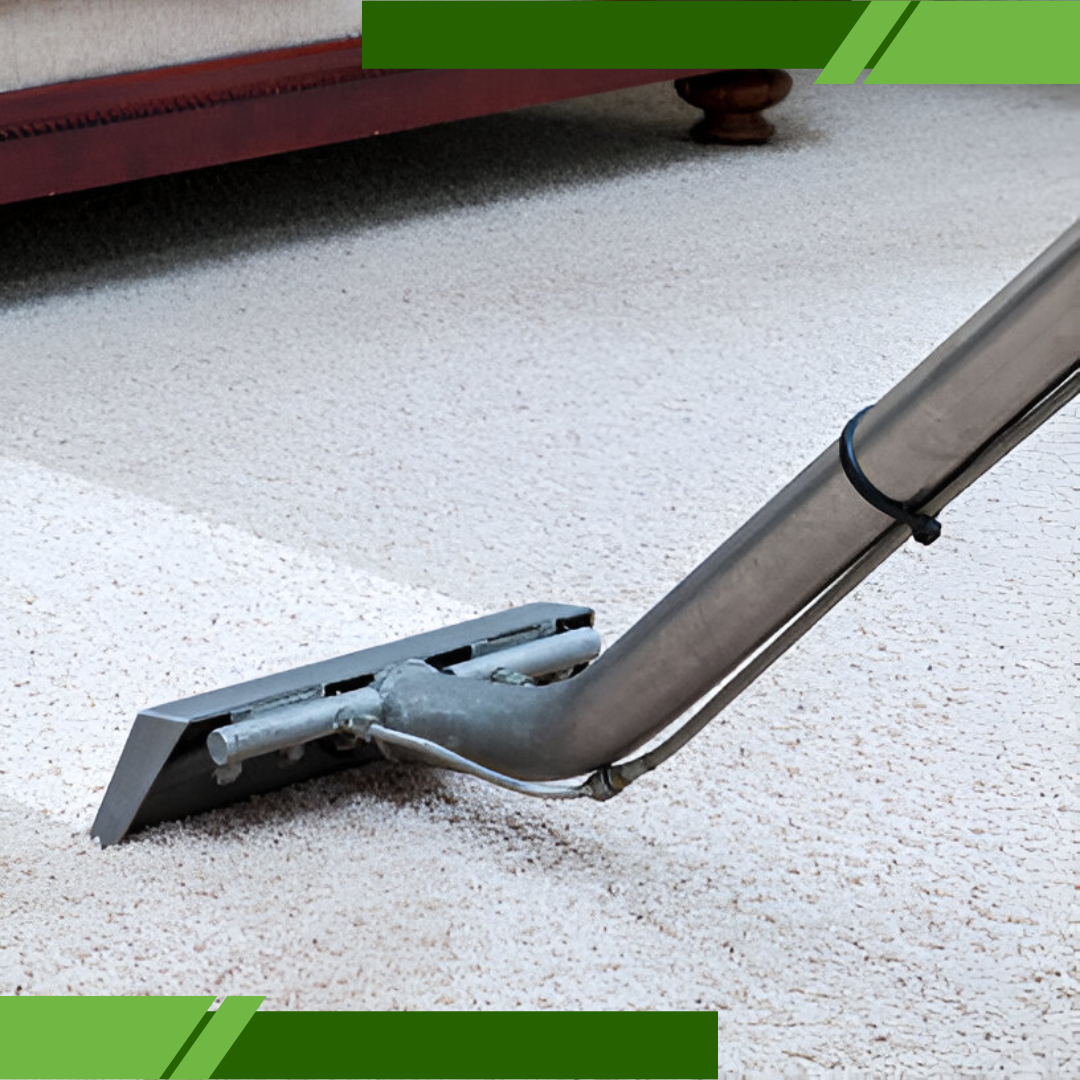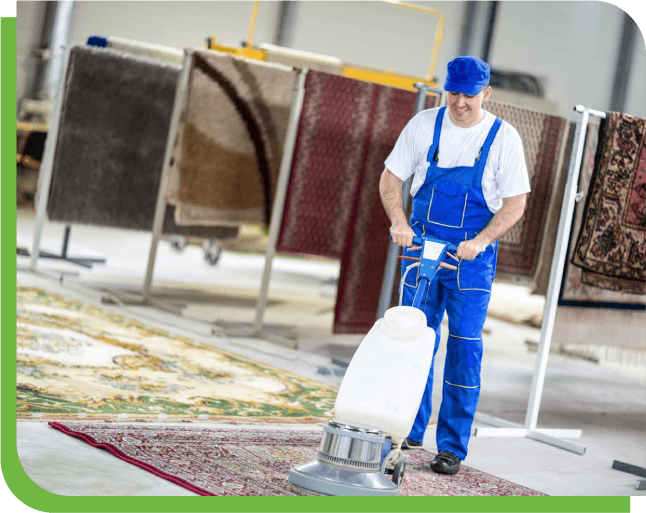Get in touch
Fill this up to proceed

We are committed to providing a world-class carpet, rug, upholstery, drapery or mattress cleaning services that will open your door to a happier and healthier green indoor environment.
Mold lurking beneath your floorboards isn’t just a nuisance—it’s a silent invader that can damage your home and compromise your health, making the expertise of a professional cleaner essential. Knowing what causes mold under flooring can empower you to act early, prevent expensive repairs, and keep your living space healthy. Discover the root causes, warning signs, effective removal strategies, and ongoing prevention methods—plus answers to the most common questions homeowners in Hidden Hills have.
Mold under flooring develops when excess moisture meets organic material and limited airflow, a common issue for homes in Hidden Hills. This hidden environment becomes a perfect breeding ground. Simply put, what causes mold under flooring is often a combination of moisture, warmth, and time.
Here are the main culprits behind the issue:
You might not see it, but your home could be signaling the problem. Watch for:

Dealing with mold under flooring starts with identifying the problem early. If you notice musty odors, soft spots, or discoloration, it’s time to act. For small areas, DIY cleanup may be safe: wear protective gear, seal off the space, remove affected flooring, scrub with a borax solution, and dry the area thoroughly. However, for extensive infestations in Hidden Hills, it’s best to hire professionals to prevent spreading spores and deeper damage.
Understanding what causes mold under flooring—like water leaks, high humidity, or poor ventilation—helps you eliminate the root source. After treatment, install vapor barriers, control moisture, and monitor humidity levels to prevent recurrence. If left unaddressed, mold can threaten your home’s structure and indoor air quality. Knowing what causes mold under flooring is key to protecting both.

Once you’ve removed mold, keeping it from returning is crucial. Since what causes mold under flooring in Hidden Hills is usually moisture-related, prevention is all about control.
Keeping your floors mold-free starts with understanding moisture control. One of the biggest factors in what causes mold under flooring is trapped humidity or water from leaks and spills. To combat this, ensure your home is properly ventilated, fix plumbing issues quickly, and use dehumidifiers in damp areas like basements or laundry rooms. Installing moisture barriers beneath vinyl or laminate flooring also provides long-term protection.
Routine maintenance plays a major role in prevention. Services like Carpet Cleaning Hidden Hills can help eliminate deeply embedded moisture and organic debris that mold feeds on. Always allow floors to dry fully before placing rugs or furniture back. Remember, a clean floor is only half the battle—knowing what causes mold under flooring is essential for keeping your home dry, safe, and healthy year-round.
The most common causes include plumbing leaks, poor ventilation, and failure to dry the subfloor before installing new flooring.
Use your senses: smell for mustiness, press for soft spots, and look for discoloration. Moisture meters and thermal cameras can also help.
Yes. It can trigger respiratory issues, allergies, and even structural damage if left untreated.
Bleach isn’t recommended—it doesn’t penetrate porous materials like wood. Borax, vinegar, or professional-grade mold treatments are safer choices.
Waterproof flooring helps, but if moisture gets beneath it, mold can still develop. Moisture control is essential.

We are committed to providing a world-class carpet, rug, upholstery, drapery or mattress cleaning services that will open your door to a happier and healthier green indoor environment.
We are committed to providing a world-class carpet, rug, upholstery, drapery or mattress cleaning services that will open your door to a happier and healthier green indoor environment.